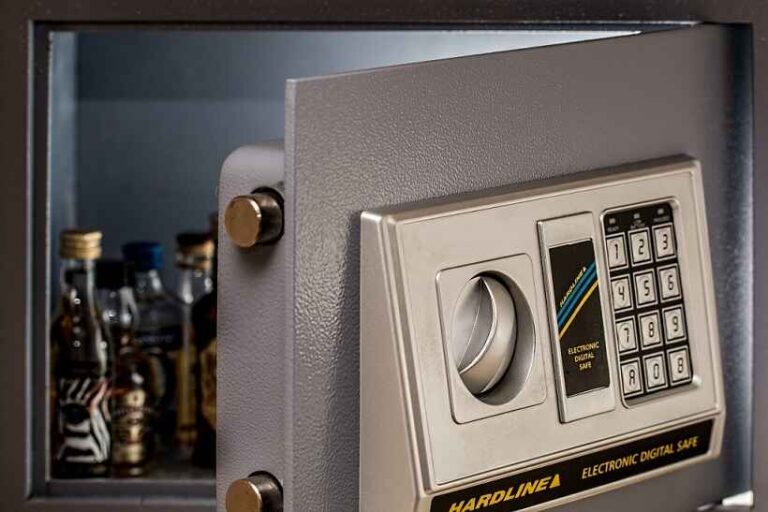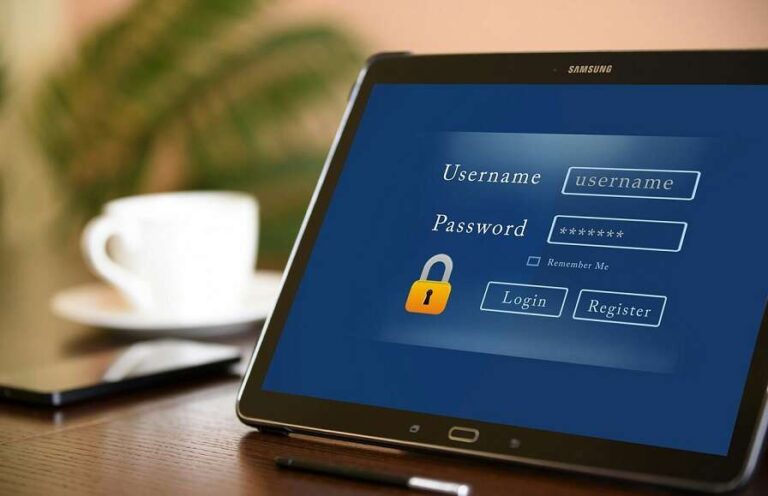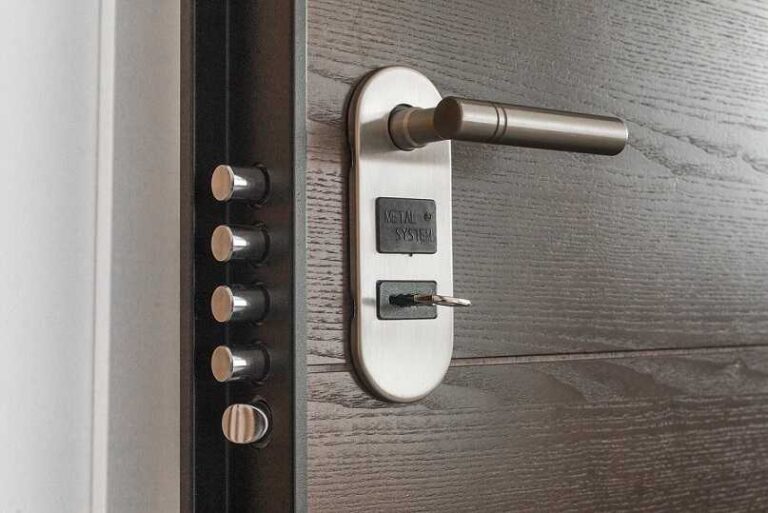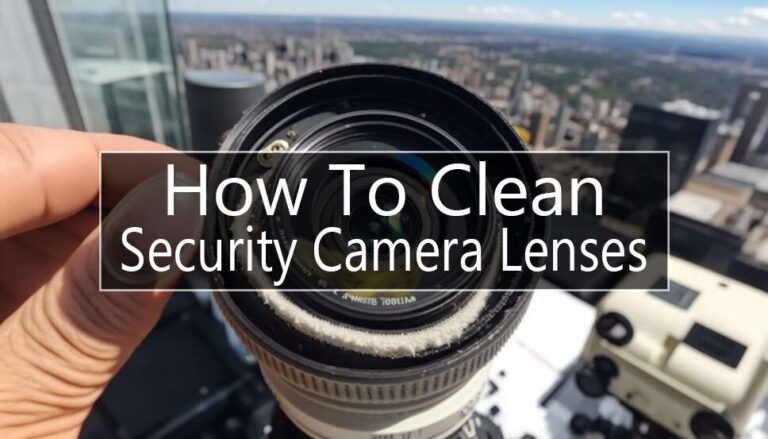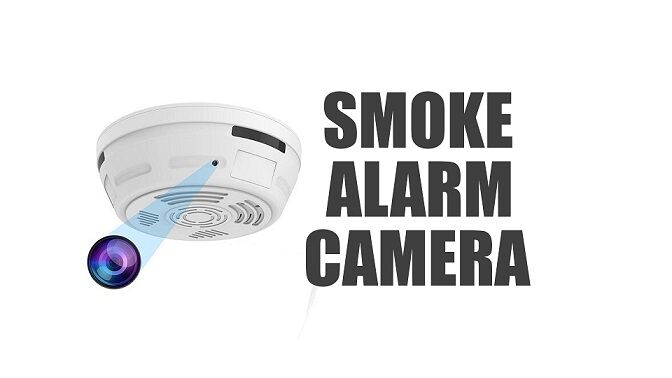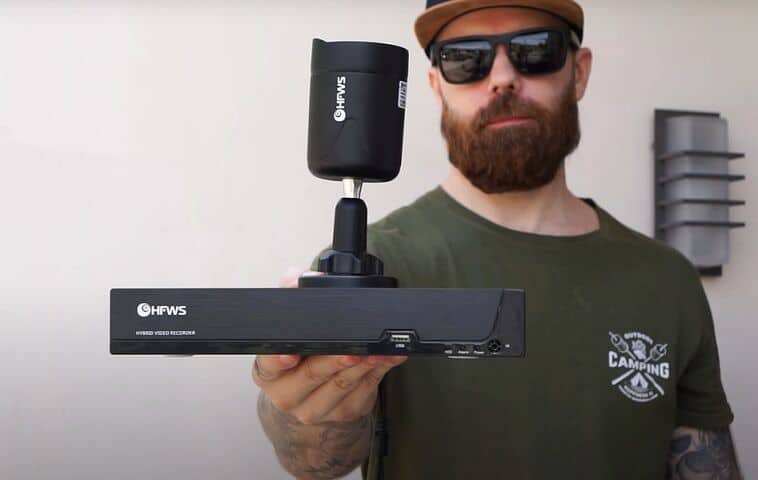Home Safety Evaluation – What It Is and How You Can Do One
“Home is where your heart is”
Or, at least, that’s how the old adage goes. And, if we take it quite so literally, you’ll want to make sure that your heart in a safe place.

Conducting a home safety evaluation is one thing that you can do to make sure that your home is as safe as possible. This is a proper evaluation of all the potential hazards that could happen inside your house, including a personal injury, a fire hazard, or potential flooding issue, or anything else that could put the safety of you and your family at risk, like vulnerable entry points that intruders can exploit to get inside your house.
When It comes to home safety evaluations, every home is different. Those with disabled family members may have unique needs that may be considered unnecessary for other homeowners. Similarly, those living with younger children and toddlers or the elderly will have a different definition of what they consider as safe.
Even so, there are common household hazards that every type of homeowner will want to address, and you can start identifying and working those by doing your own home safety audit.
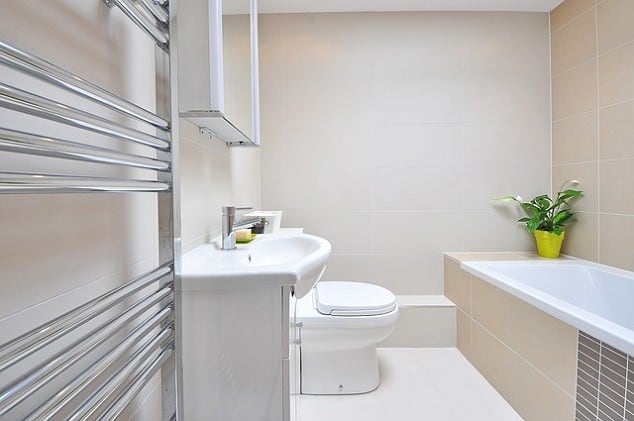
Below is a general home safety checklist to get your started:
- Change bathroom pads into non-slip ones and make sure that the rugs are not tripping hazards that can cause people to slip and fall.
- Consider installing grab bars in the toilet and in the shower to make it more accessible, especially if you’re living with someone disabled or the elderly.
- Check for torn carpets and other materials that could potentially become tripping hazards.
- Regularly cleanup clutter like debris, tools, and toys, among others.
- Tangled cords are a big no, especially in walkways.
- Entry ways should always be properly lit. Other areas that need adequate lighting are hallways, bedroom, and living room.
- Make sure that your CO and smoke detectors are working. If you don’t have any installed, now is a good time to do it.
- Find a safe place to store dangerous chemicals that keeps them away from everyone else, especially from children.
- Keep emergency contact information in open and visible places that even children can reach in case of an emergency.
Of course, this is a pretty basic and general list. Feel free to add more if you want. What’s important is that you take care of everything on the checklist. If you’re living with someone who has disabilities or impairments, you’ll want to reach out to an occupational therapist. They are professionals who are well-equipped with the necessary knowledge to advise you how to make sure that your house meets your needs.
Here are other tips for you to consider as well:
Make Sure That You Check Everything
This may seem like a pretty straightforward suggestion, and it is, but this is, ultimately, the purpose of doing a home safety evaluation. You want it as comprehensive as possible. Make sure that you create a list that includes everything, from the back door to the front door and everything in between, including electrical wiring and anything mundane, like the chimney and even the plants inside your home.

Group Specific Areas Together
Doing a home safety evaluation can be quite confusing, especially if it’s your first time. So, you may want to break it up based on similarities. Like, for example, separating fire safety hazards from home security hazards and health hazards. Although all are of equal importance, grouping specific aspects together can make it easier for you to check everything while avoiding the crippling feeling of not knowing where and what to start with.
Breaking up the different aspects of assessments also allows you to prioritize things. For example, you’re expecting a baby soon, so your priority should be making sure that your house is baby-proof. This includes a general checkup to minimize allergens and laying down plans on installing fences on doors once your child inevitably grows up and learns how to walk.
Once you’ve had a complete breakdown of the assessment, it’ll be easier for you to evaluate the overall safety of your home and work on finding problems in priority areas first.
What To Do Next
Once you’re done with your home safety evaluation, you’re bound to find problems that need to be addressed. Just like it helped to break down the process of doing an evaluation, it will also help to break the problems you found into different categories.
Three basic categories that you can use are: general home safety, home security, and emergency planning.
1. General home safety – A lot of injuries are a result of accidents that happen at home. This is most likely because we take a lot for granted when we’re comfortable. You spend so much of your days inside your house that you don’t really think that using non-slip rugs is necessary, but when you do slip, you realize just how important it is to make the switch. That fluctuating switch or leaking pipe and other “minor inconveniences” could all be indications of something much worse. Fixing these should be a priority.
Protip: DIY is good, but don’t be afraid to consult a professional. While costly, getting a professional fix certain problem in your home can save you a lot of money down the line by doing a better job than you can and preventing a costly back job. Not having to go to the emergency room for a slight mishap due to inexperience is a pretty good reason too.
2. Home security – Once you’re done with the potential hazards inside your house, you can move on to checking for potential entry points to keep your house safe from intruders with malicious intent. Doubling up the locks on your doors is a good idea. So is using a high-quality lock instead of the cheapest one you can get that breaks after just a couple of strong whacks using a hammer. A great way to improve the security of home significantly is installing a CCTV surveillance system. If paired with a good burglar alarm system, your house will deter all but the most determined of intruders.
Protip: Ideally, you’ll want to have a comprehensive home security system in place. This means, not only protecting your house from intruders, but also having alarms set-up for fire and flooding, among others.
3. Emergency planning – Fortune favors the brave, the bold, and the prepared. Emergencies can and will happen, regardless of how many redundant safety measures you have in your house. This is why it’s important that you have a plan of action in place in case that happens. You and your family should know what to do in case a burglar breaks in, or in case of a fire, an earthquake, a flood, and more.
Protip: It’s never too early to teach children how to deal 911 or your country’s equivalent emergency services hotline. The sooner they’ll learn, the better. Teaching and rehearsing what to say, like where you live and other basic information, can make it easier for them to remain calm and articulate in case of an emergency.
Every home has a different set of needs. Don’t be afraid to consult the right professionals for any question you may have about home safety. Also, while general assessment checklists are useful, it’s important that you create a checklist that specifically caters to your needs so you can build your plan around the variables and circumstances unique only to you.

